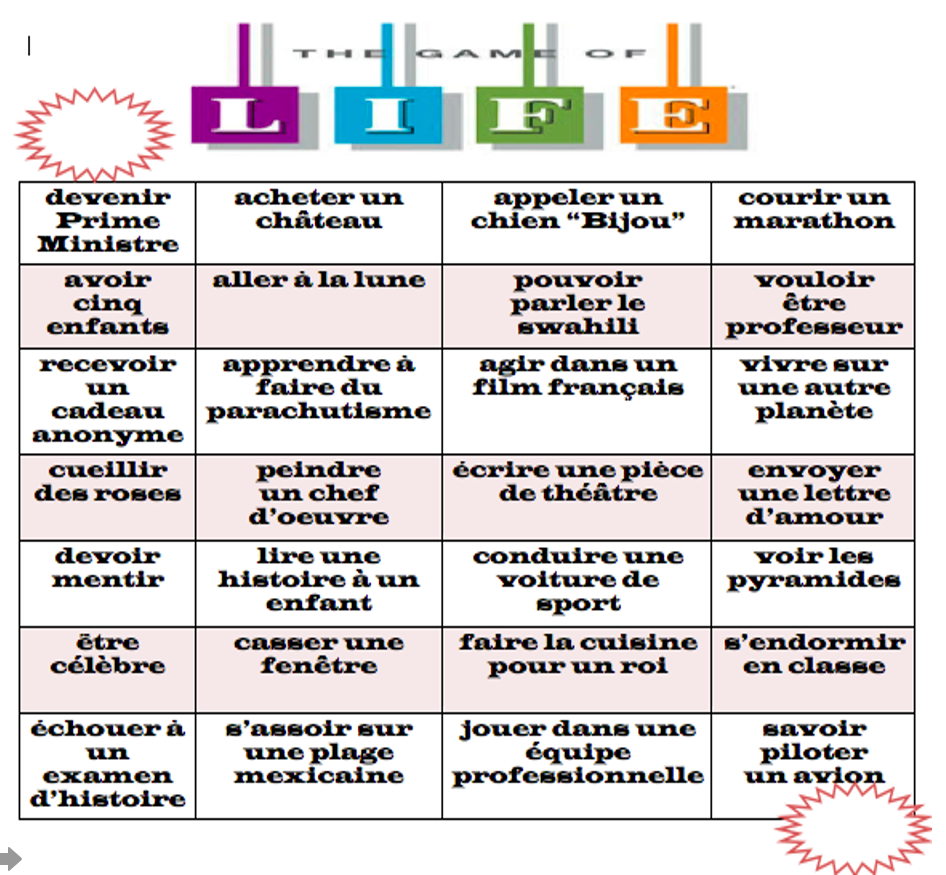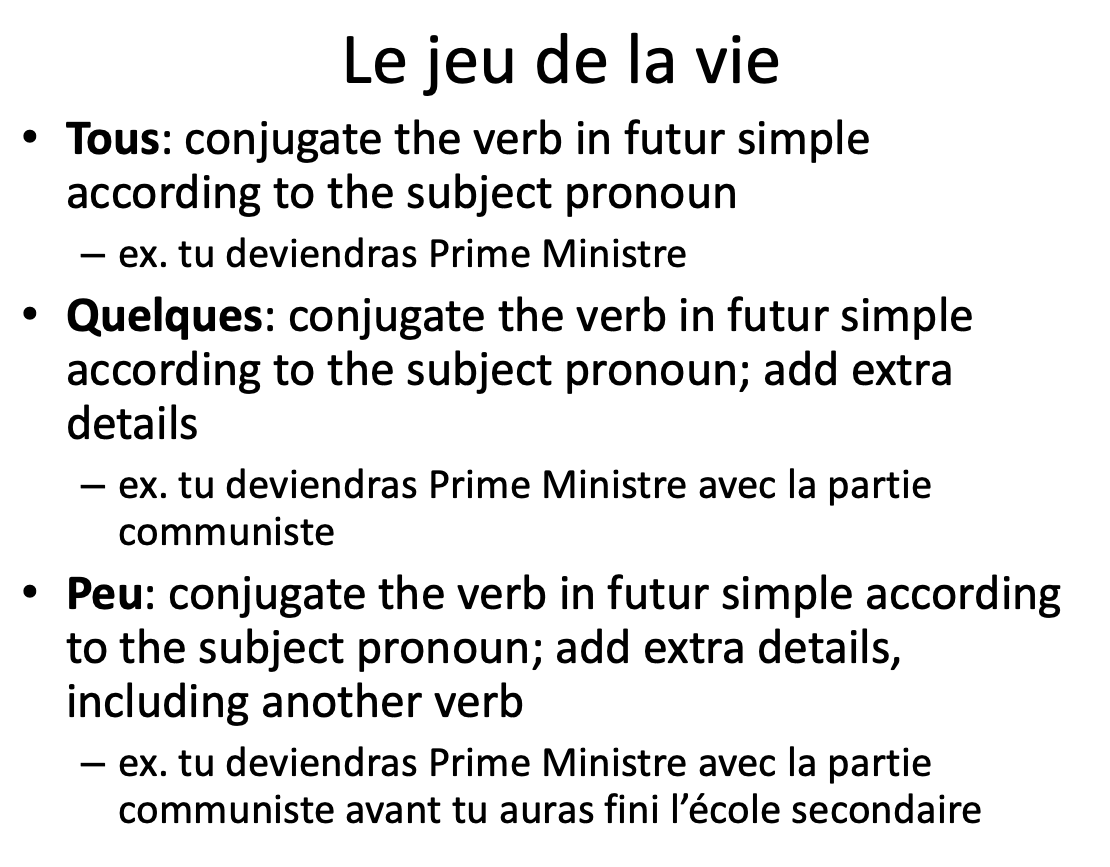This blog post is my response to a Lesson: Impossible podcast episode with Agent Jessica Zeller where we discuss ungrading, which got me thinking about how this applies to second language acquisition contexts. As you will read below, this is a concept that intrigues me mightily, but I’m still trying to figure out what it would like for me in my classes!
Lafeyette College defines ungrading as “an umbrella term for any assessment that decenters the action of an instructor assigning a summary grade to student work. While there are many ways to do ungrading, instructors generally provide students with formative rather than summative feedback, which may be combined with student self-evaluation and/or peer feedback, as well as dialogue with the student.” It can manifest in a variety of forms, but my understanding is that at the base, it means decoupling assessment from traditional ideas of evaluation and authority. While I’ve heard a lot about ungrading in the past, particularly from my podcasting colleagues Batsheva Frankel of Overthrowing Education and Natalie Vardabasso of EduCrush, as well as an episode on my own podcast, this interview finally made it click for me. I think it’s because Jessica is an associate professor of dance, and when talking about assessing something physical, rather than mental, I am better able to comprehend how ungrading really works. I can imagine how every dancer’s body is different in a way that I can’t see that every student’s intellectual strengths are different.
Personally, from the beginning of my career until now, I went from grading everything, most of it out of 10, to minimal grading accompanied by a lot of student reflection. However, I have yet to take that final step and, as Jessica describes it “turn over the authority of the red pen to students.” She also goes as far as to turn much of the criteria and even the curriculum over to the students. As much as I see the potential, it has been really hard for me to wrap my head around a) me not having the final evaluative say and b) letting students guide the learning outcomes. I was a guest on the BigEDidea Podcast recently, talking about, as usual, incorporating improv into my teaching practice. One of the comments that the host made was that simpler lesson plans are almost always better for student learning than complicated ones. And I agreed wholeheartedly despite absolutely loving making complicated, detailed lesson plans. Why do I love my multi-step, super-involved lesson plans? I think that it’s based on a sense of control, the feeling that if I can roadmap my students’ learning journey down to the second, then I can make sure that we all get to the pre-programmed destination. But, as Jessica points out, road-mapping the journey means that we never get a chance to explore any interesting things that pop up along the way. She also said something that hit a little too close to home: “The feeling of authority and holding on to authority is something that as individual teachers we need to look at in ourselves.” How can I be saying that the key to improv is to trust students when I am not trusting them in other facets of my teaching? Perhaps I need to think more about what Jessica says about her pedagogy, which is that she “put[s] most of [her] eggs in the basket of trusting students.”?
Image source: https://www.chronicle.com/article/why-to-use-ungrading-when-you-teach-writing
Reflecting on language classes, I think that it’s actually a perfect place for ungrading. Like in the dance classes Jessica describes, students have a pretty clear feeling of improvement: they can speak and write with more detail, more fluidly, more accuracy, etc. However, when I went looking for resources I found a ton for other types of classes, particularly English Language Arts, but really had a hard time finding resources or examples for world language/ELL settings. There are many, many excellent books and blog posts (see: Jesse Stommel’s “Ungrading: A Bibliography” or check out the references on this post) about going gradeless/ungrading, but they are not specific to language teaching. Here’s a sample of the few that I did find:
A High School Spanish Teacher’s Journey from Traditional Grades by Rhonda Higgins (Spanish Teacher)
Learning Maps: Empowering Students to Chart Their Own Course by Azima Thakor (French Teacher)
Exploring a Gradeless World Language Classroom (3-part series) by Emily Huff (Spanish Teacher)
A Student’s Experience with Grade-less Learning by Cody Johnson (student who wished this would have been implemented in her French class)
If you want to learn more about ungrading you can also check out these podcasts (in addition to my interview with Jessica Zeller):
Teachers Going Gradeless Podcast (no featured language teacher, but maybe in the future?)
Overthrowing Education’s episode “Starr Sackstein: How to Go Gradeless and Assess Better” (again, not specific to languages, but I’m a fan of the podcast!)
Teachers on Fire’s GOING GRADELESS: Katelynn Giordano, Deanna Lough, Jeffery Frieden, Aaron Blackwelder, & Abby French (and it continues… not specific to languages but super interesting, AND pinged on my search term for “French”)
Lesson: Impossible’s episode with Katelynn Giordano (also featured above)
Have you gone to, or ever considered going to, an ungrading model? Do you have any language-learning ungrading resources to share? Feel free to comment below about your experiences!






















